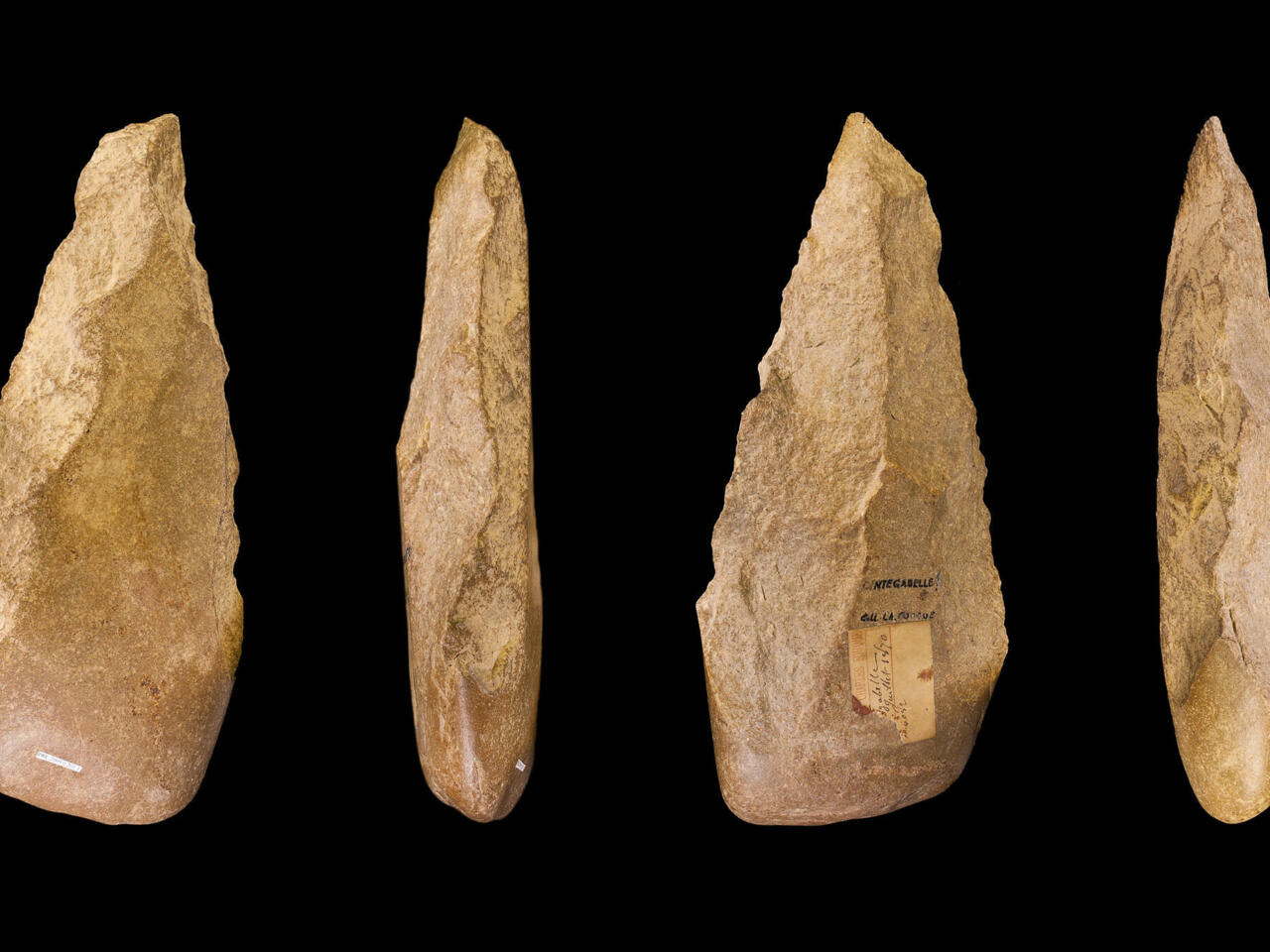Ancient tools, buried for millions of years in Kenya, may represent the earliest evidence of our ancestors’ technological ingenuity. Discovered on the Homa Peninsula in Lake Victoria, these tools are now regarded as the oldest known examples of Oldowan technology, pushing back its known origin by as much as 400,000 years.
The Oldowan toolkit, characterized by controlled rock-flaking, predates the emergence of Homo sapiens. By striking one stone against another, ancient hominins produced sharp, thin slivers ideal for chopping, scraping, and potentially sewing. This technology derives its name from the Olduvai Gorge in Tanzania, where archaeologists unearthed ancient hominin bones and tools dating back approximately 2.1 million years.
The excavation site at Nyayanga, a lush tropical area with deep gullies, has proven to be fertile ground for major discoveries. Researchers, led by paleontologist Rick Potts, uncovered 330 stone tools dating between 2.58 million and 3 million years ago, making them significantly older than previously known Oldowan tools found in Ethiopia.
Analysis of the site also revealed animal fossils, including hippos and antelopes, some of which showed signs of butchery. Stone flakes found in the area suggest they were used for various tasks, including scraping, cutting, and pounding animals and plants.
The identity of the tool-makers remains a subject of debate. While researchers traditionally attributed tool use to the Homo genus, evidence suggests that Paranthropus, a close relative known for its powerful jaws, may have also been capable of tool use. Additionally, Australopithecus, another possible hominin candidate, existed during the same period, raising questions about the diversity of tool users in prehistoric times.





